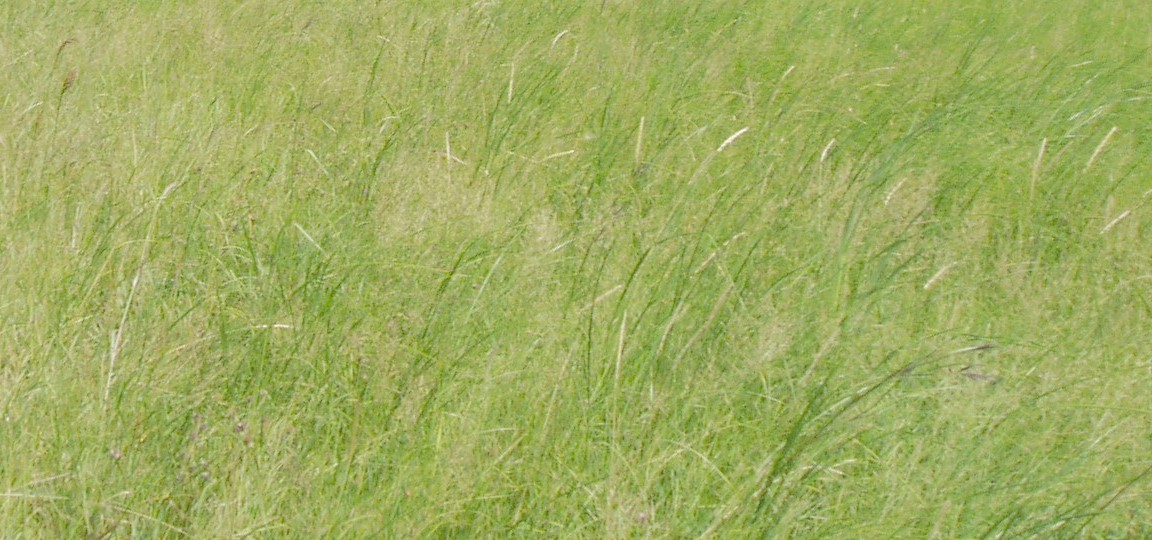The biggest mistake people make in grazing management is providing too short a recovery period for plants after grazing. Of course too much rest isn’t good either. In drier environments excluding animals from a pasture long after it has recovered will lead to reduced productivity, dead grass and bare soil. In wetter environments it can lead to brush encroachment.
The basic rule is: When growth is slow, we should use long recovery periods. When growth is faster, recovery periods should be shorter. This invites several questions, including: How long is long enough?” “How long is too long?” and “How short is too short?” The only responsible answer to each of these questions is, “It depends.”
It depends on how severely the pasture was used the last time it was grazed. The more severely it was used, the longer it will take to recover.
The recovery needed also depends on the season. In late summer or in the dormant season when plants are growing slowly we need longer recovery periods than we need in the spring when we have rapid growth. (There are exceptions. In some drier environments the fast growth period is so short that by the time we recognize it’s happening, it’s over. In those places producers may opt for relatively long recovery periods year-round.)
Unfortunately, there is no formula for calculating what the rest period ought to be. There is no recipe that says, “Graze 2-days, add water and minerals to taste, rest for 60 days. Repeat.” There is as much art as there is science to knowing when a pasture has recovered and is ready for grazing. Recovery has as much to do with root regrowth as it does the regrowth of leaves. You can’t go digging up your pasture to see how the roots are doing…although digging up one or two plants might be a good idea. Your only recourse is to make an educated guess.
Before you make an educated guess you will probably need to make some uneducated guesses. There is a way to put yourself on a crash course to accelerate your learning. In the last ProfitTips, I suggested looking at the paddock you planned to move the herd into BEFORE checking the paddock that the herd is in. Next time you go out to check the herd, I encourage you to make one other stop. Before you check either the paddock the herd is in or the one you plan to move them into, take a look at a paddock that was grazed 3 or 4 weeks ago. Ask yourself, “Is this pasture recovering as rapidly as I thought it would?” If there’s less growth than you anticipated, you need to lengthen the rest period. If there’s more than you anticipated, you can move the animals a little sooner. When in doubt, give pastures a little more rest.




I’ve been trying to reconcile the inherent variability of recovery with the rigidity of a grazing map/calendar. It would seem to more effective just using your paddock number and field observations to guide you rather than some preplanned grazing map. help me see the value
I think if your ranch is pretty small and relatively simple, field observations might suffice. As things get more complex, more planning on paper, along with frequent field monitoring, is required. Eisenhower said once that “Plans are worthless, but planning is essential.” When we are managing complexity, this makes a lot of sense. Allan Savory recommends that we assume that some plants are going to be grazed severely–the beasts haven’t read the “take half-leave half” doctrine. In fact, since that is going to be the case, it makes sense to make sure that a lot of plants in the pasture are grazed severely. This will add time to both the graze period and the recovery period, yet recovery trumps all. I look to leaf emergence for signs that the grazed plants are recovered rather than any period of days or months. When you no longer see grazed grass tips, and you do see fresh leaf letter (the yellowing, dying leaves, some of which were the grazed leaves) the plant is recovered, assuming things are still growing. And then again, there is animal performance to consider, and money, and your time…yep, it depends…on planning for what you want.